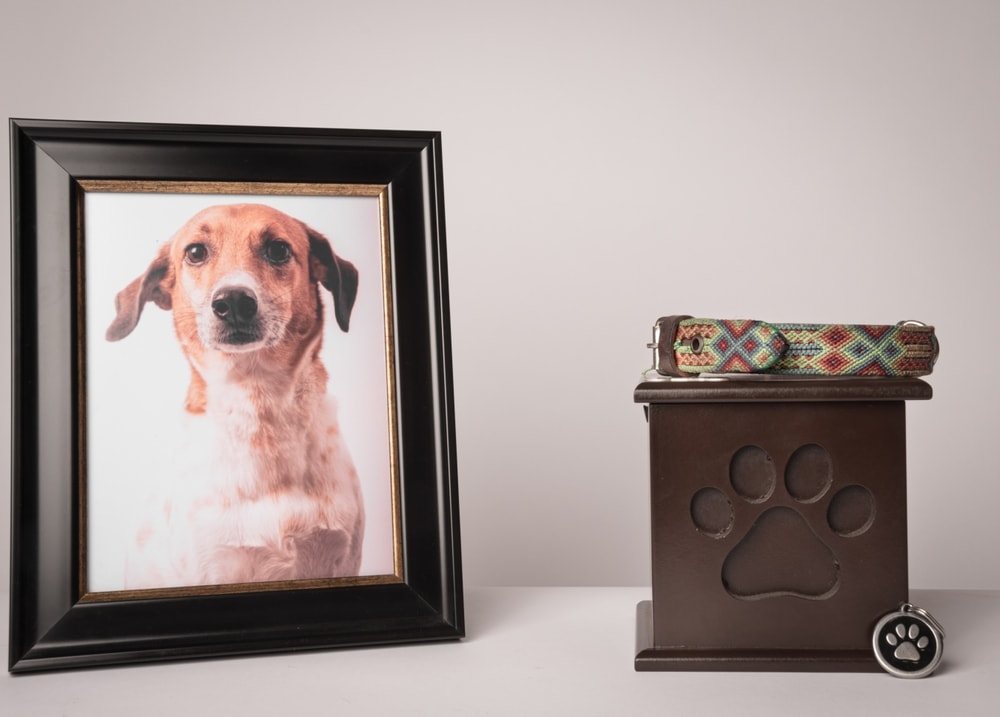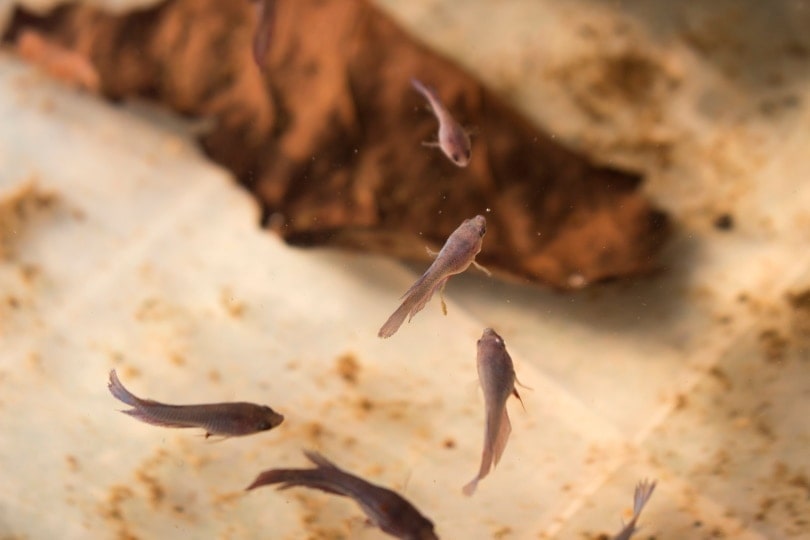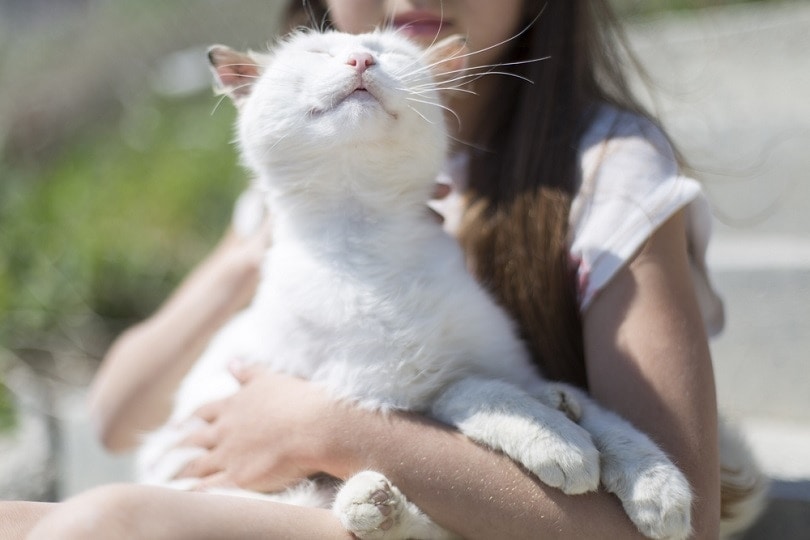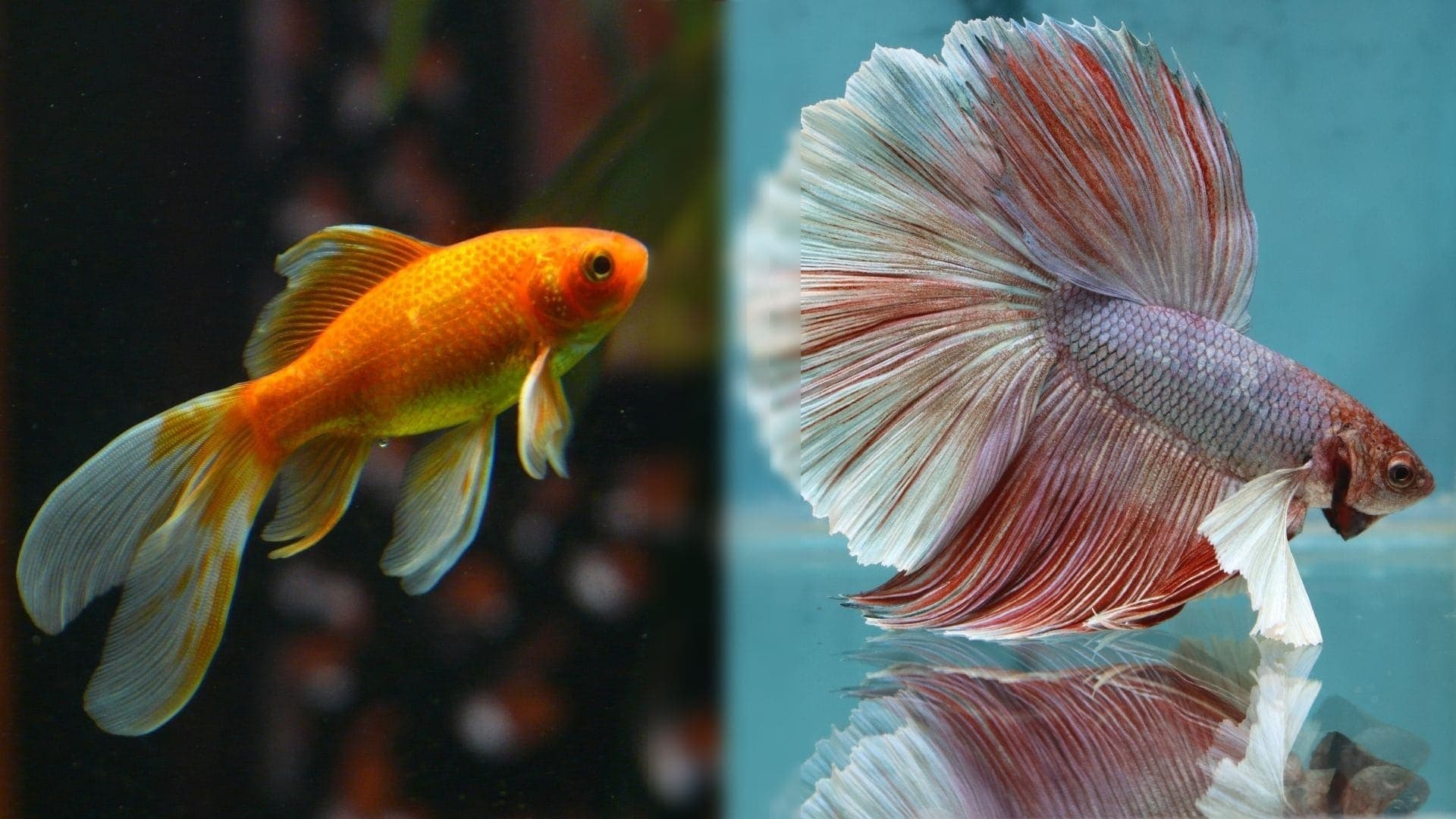How Strong Is a Doberman’s Bite? The Incredible Answer!
Updated on
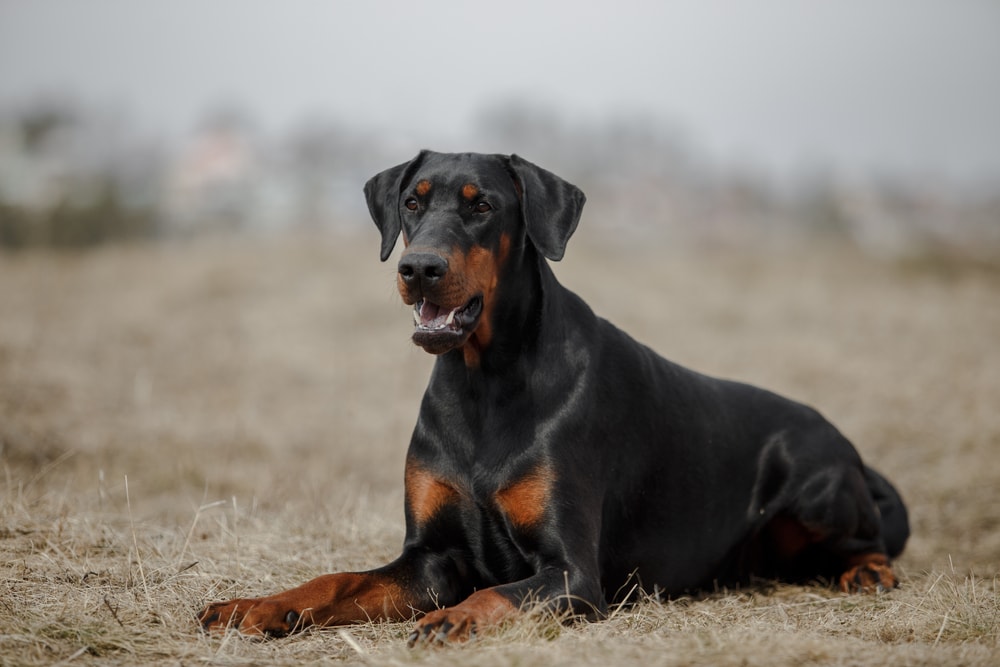
The Doberman Pinscher has a reputation for being an “evil, aggressive dog,” which is unfortunate considering what wonderful companions they make. But part of being a dog bred for protection is answering the question about how strong of a bite the dog has.
Dobermans have a strong bite, though nowhere near the strongest. It’s estimated that an average Doberman has a 229-PSI bite.
Here, we tell you all about what a PSI bite is, as well as the breeds with the strongest bite and more about Dobermans.
What Is PSI?
PSI is a means to measure pressure and stands for “pounds per square inch,” so if a dog has a 200-PSI bite, this means they can apply 200 pounds of pressure per square inch when they bite something. Imagine a 200-pound weight sitting on 1 square inch of your hand. That would not feel pleasant!
How much PSI is applied depends on several factors:
- The dog’s age and health
- The dog’s current individual strength
- The dog’s feelings or mood at the time
- The grip on the object (a firmer grip equals a stronger bite force)
- The size and thickness of the object (the thicker the object, the harder to bite down with full strength)
- The dog’s physical structure (their body size, the shape and size of the skull and the jaw)
Unsurprisingly, breeds with the largest jaws and heads tend to have the strongest bite force among dogs. To put this in perspective, humans have an average of about 162 PSI. The strongest bite force in the animal kingdom is 5,000 PSI by the Nile crocodile!

The Doberman’s Bite Strength
The Doberman has a strong bite force, but the kinds of dogs that have high PSIs tend to have large heads and wide jaws. The Doberman doesn’t really have either; both their head and jaw are quite narrow, which helps explain why they don’t top the bite force list.
The estimated bite force for the Doberman tends to be between 229 and 305 PSI, with 229 PSI as the most commonly measured number.
Dobermans are also known for their scissors bite, which describes how their upper teeth slide over the lower teeth when they close their jaw.
When Dobermans bite something, they typically bite down, release, and rapidly bite again. This form of biting, in addition to their PSI, can end up causing more damage than a single bite alone.
The Issues With Measuring Bite Force
Measuring the bite force of dogs, or any animal, is challenging, so it’s difficult to present accurate results. Dogs don’t always bite with the same force every time and will usually only bite with the most force when they have been provoked.
Additionally, there is a great deal of misinformation out there. The few studies that addressed bite force used methods that wouldn’t necessarily provide definitive results.
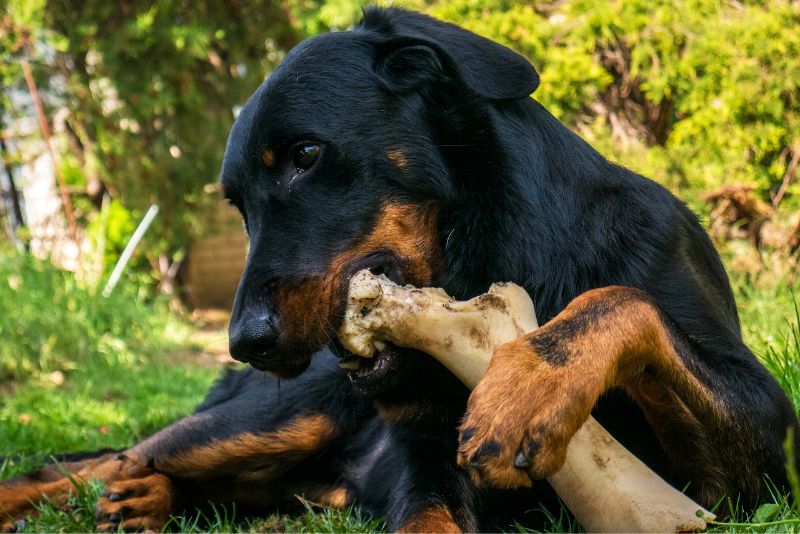
For example, some studies used rawhide with a measuring device, while others tried an electric current on an anesthetized dog’s jaws to stimulate the muscles. But neither method is necessarily going to provide 100% accuracy.
The dog’s current mood is a significant factor in determining their bite force. Sometimes they will not bite at their hardest, so measuring PSI is tricky at best.
Are Dobermans Aggressive?
Dobermans are not dangerous dogs, but their reputation as vicious guard dogs isn’t far off the mark if they are raised to be that way. But the same can be said for almost every breed.
Dobermans were initially bred in Germany to protect tax collector Karl Friedrich Louis Doberman in the 1890s. He didn’t have the safest job, and he wanted a breed that would be devoted, dependable, and his protector.
No one knows precisely what breeds went into the making of the Doberman, but it’s thought the German Pinscher, the Rottweiler, the Black and Tan Terrier (an extinct early terrier), and several smooth-coated herding dogs were all used to create the Doberman.
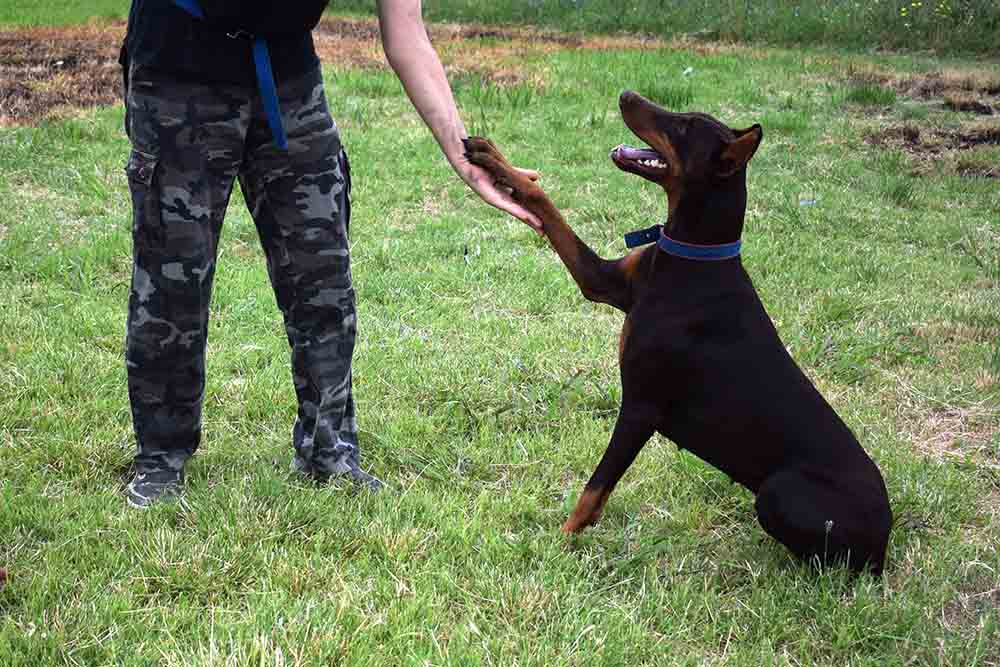
Dobermans were eventually recognized for their skills as working dogs and have been used as guard dogs and have worked with the police and military, in search and rescue, and as service and therapy dogs.
Much of the aggression that the Doberman had back in the late 19th century was eventually bred out. Modern Doberman breeders wanted companion dogs and bred out their more aggressive traits.
Today, Dobermans will still fearlessly protect their family, but they are loving and affectionate dogs. If you meet an overly aggressive Doberman, it is because they were raised to be that way, not because it’s natural for them to be aggressive.
Top 10 Dogs With the Strongest Bite Force
To put the bite force of the Doberman in perspective, let’s look at the top dogs with the strongest bite force.
1. Kangal
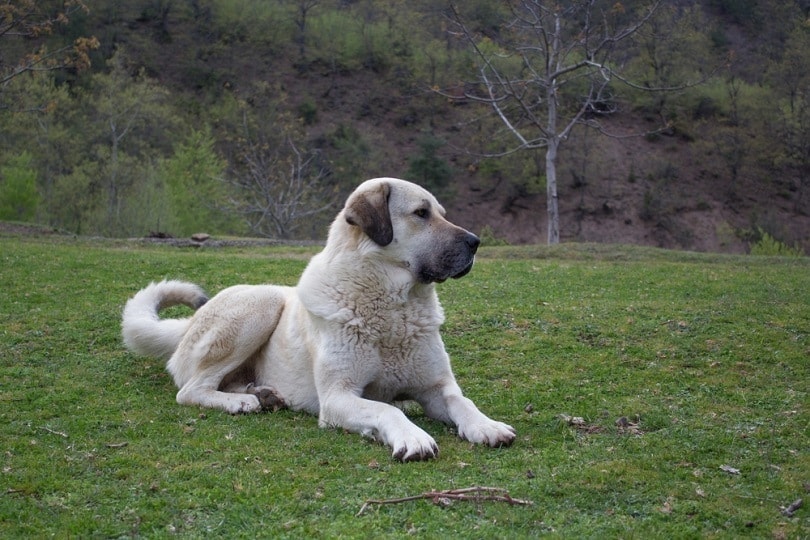
The Kangal is a large and strong breed from Turkey, where they were bred to be shepherd dogs. They didn’t so much herd the flocks, though, as protect them from predators like wolves.
Kangals are confident dogs that are quite independent. While they can be gentle and loving with their family, they can also be somewhat aloof.
- The Kangal’s bite force is 743 PSI.
2. Cane Corso
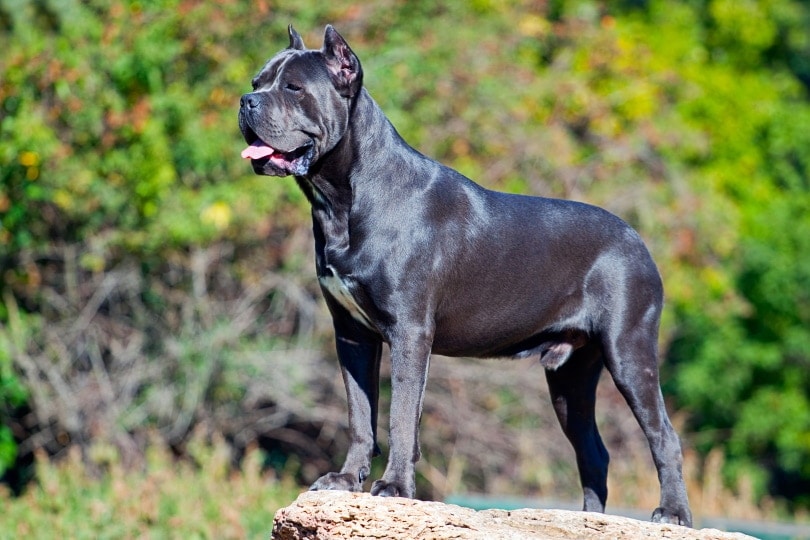
Cane Corsos hail from Italy and are members of the Mastiff group, which were bred to be used in war as battle dogs. They are intelligent dogs that make great protectors. They are loyal and eager to please but also quite stubborn.
- The Cane Corso’s bite force is 700 PSI.
3. Dogue de Bordeaux
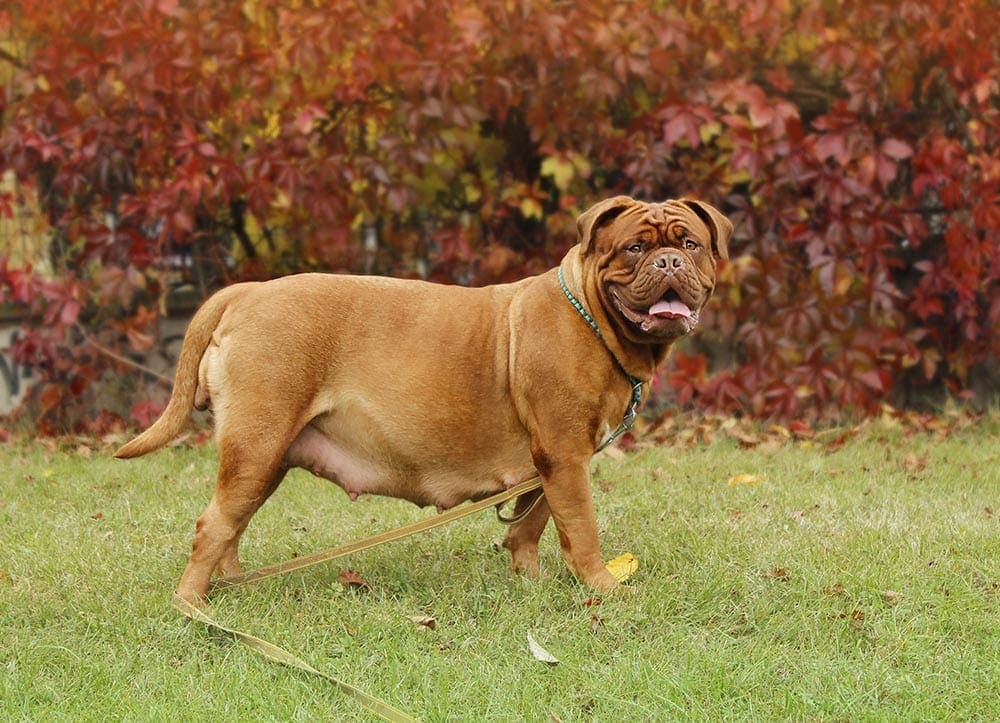
The Dogue de Bordeaux is a Mastiff that comes from France and was once used as a war dog. They are super loyal and protective but also affectionate and sweet. They can be stubborn, though, and need a firm owner.
- The Dogue de Bordeaux bite force is 556 PSI.
4. Tosa
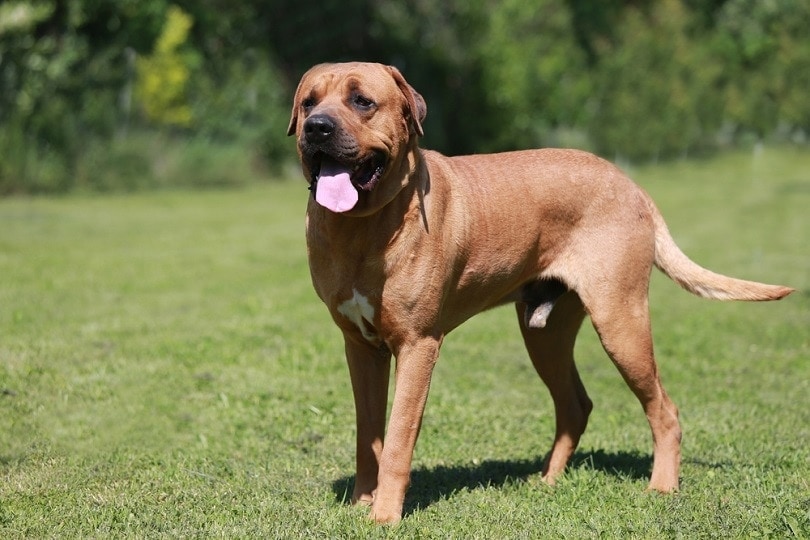
Tosas are relatives of Mastiffs. They come from Japan and were originally used as fighting dogs. They tend to be quiet, calm, and patient and make excellent watchdogs. They are affectionate with their family but can be aloof with strangers.
- The Tosa’s bite force is 556 PSI.
5. (English) Mastiff
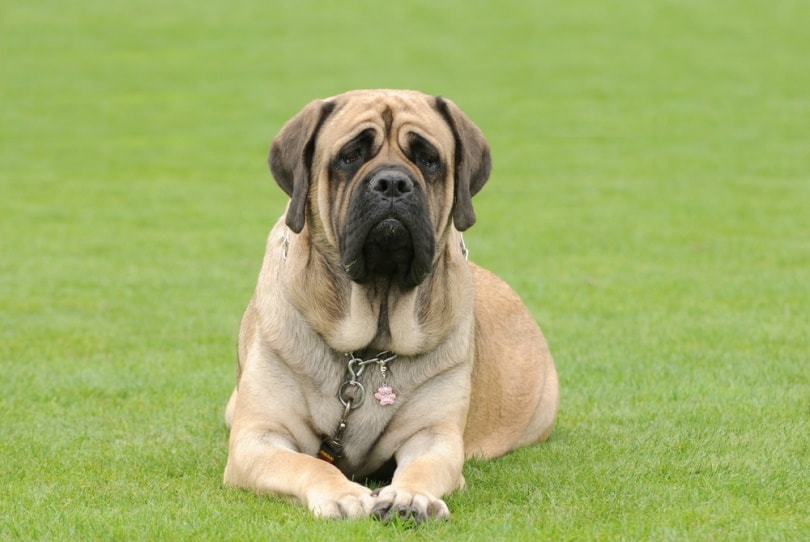
Mastiffs are also known as English Mastiffs because they originated in England. They are among the gentlest of the Mastiffs, and like most of these breeds, were used as hunters, guard dogs, war dogs, and companions. Today, while they are still used for guard duties, they are loving and calm and make wonderful companions.
- The Mastiff’s bite force is 552 PSI.
6. Perro de Presa Canario
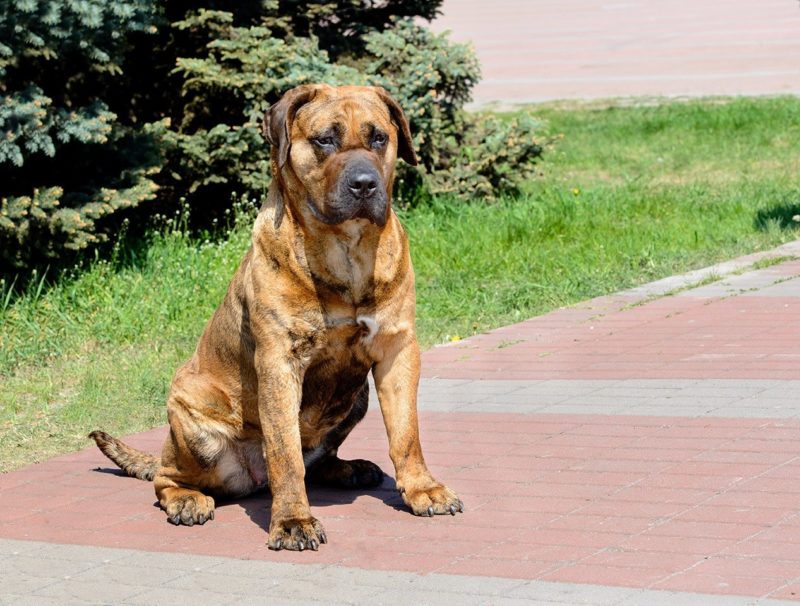
The Perro de Presa Canario is a Mastiff-type dog. The name means “Canary Dogs of Prey,” which tells you a bit about this breed. They were used for herding cattle and as guard dogs and are calm, confident, and obedient dogs.
- The bite force of the Perro de Presa Canario is 540 PSI.
7. Dogo Argentino

The Dogo Argentino comes from Argentina and was used for fighting and hunting, particularly puma, boars, and peccaries. They make amazing protectors for the family and can be sweet dogs, albeit with powerful builds.
- The Dogo Argentino’s bite force is 500 PSI.
8. Leonberger
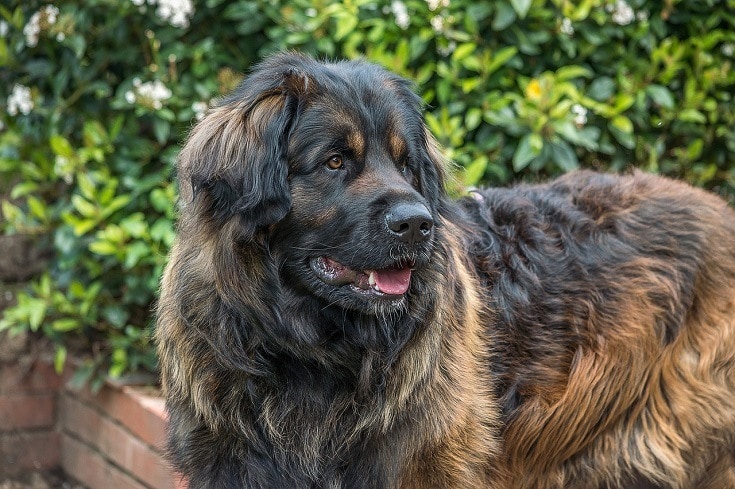
The big, beautiful Leonberger was not bred to guard, fight, or hunt but instead was a companion dog for German royalty. But they have proven themselves as excellent working dogs on farms and waterfronts. They are the epitome of gentle giants, have loads of patience, and are friendly and playful.
- The Leonberger’s bite force is 399 PSI.
9. Rottweiler
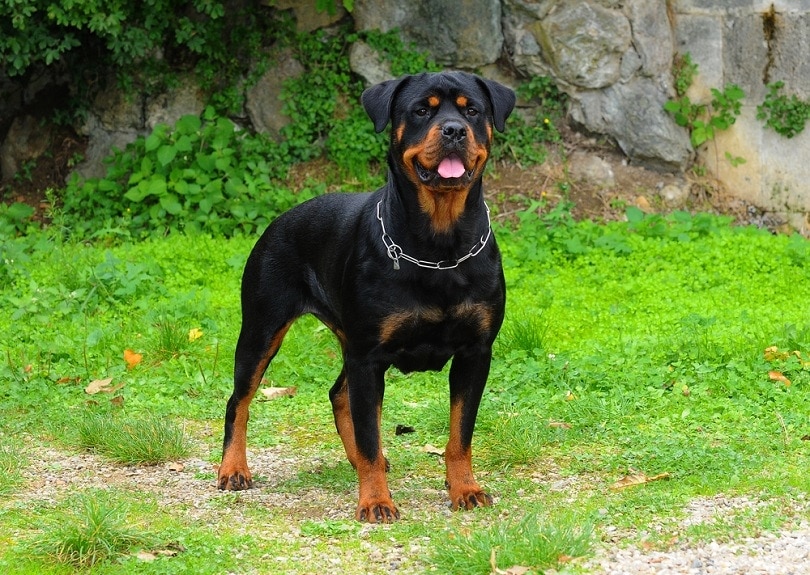
Rottweilers started off herding and protecting livestock in the town of Rottweil, Germany and eventually evolved into guard and police dogs. They have also proven themselves as guide dogs and in search-and-rescue work. The Rottie, like the Doberman, has a reputation as an aggressive dog. Also like the Dobermans, in reality, they are sweet and affectionate companions.
- The Rottweiler’s bite force is 328 PSI.
10. American Bulldog
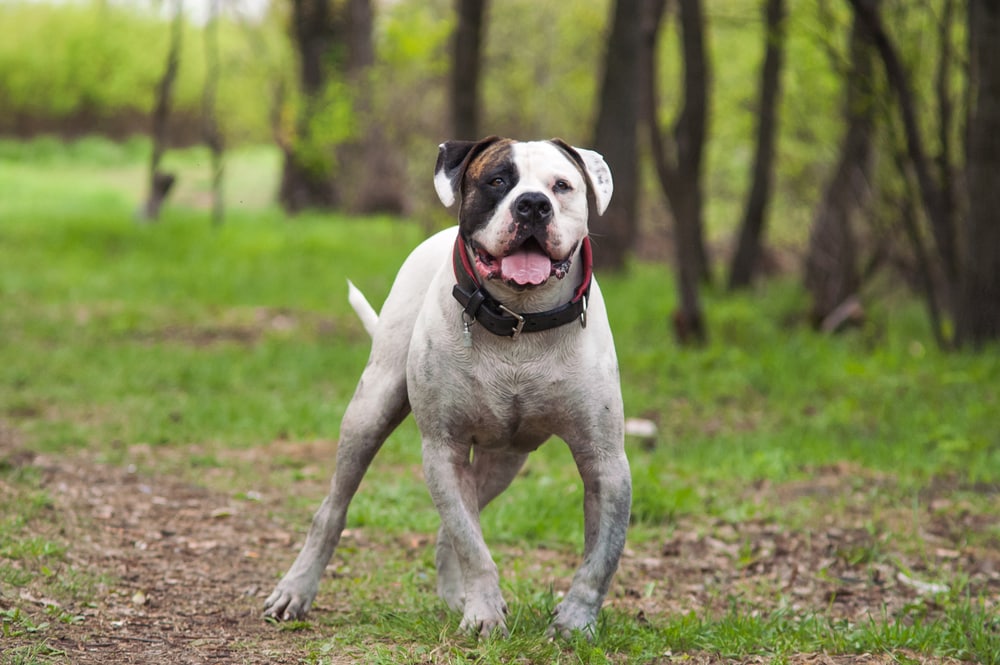
The American Bulldog has been around for over 300 years and worked as a farm dog, both in guarding and as a companion. They require a strong, experienced owner and are quite confident and loyal dogs.
- The American Bulldog’s bite force is 305 PSI.
Conclusion!!
The Doberman didn’t crack the top 10 list of dogs with the strongest bite force. The ones that did have muscular bodies, wide skulls, and wide jaws. That said, the age, strength, and health of the Dobermans, in addition to what they are biting, play a significant role in how strong their bite is.
No matter how hard a dog can bite, the most vital thing for them is to receive the proper training, with a stress on socialization, and to be brought up with love and respect. Any dog can be dangerous if they don’t receive these basics, but any dog can be a loving companion when they do.
Featured Image Credit: elis aksenova, Shutterstock

